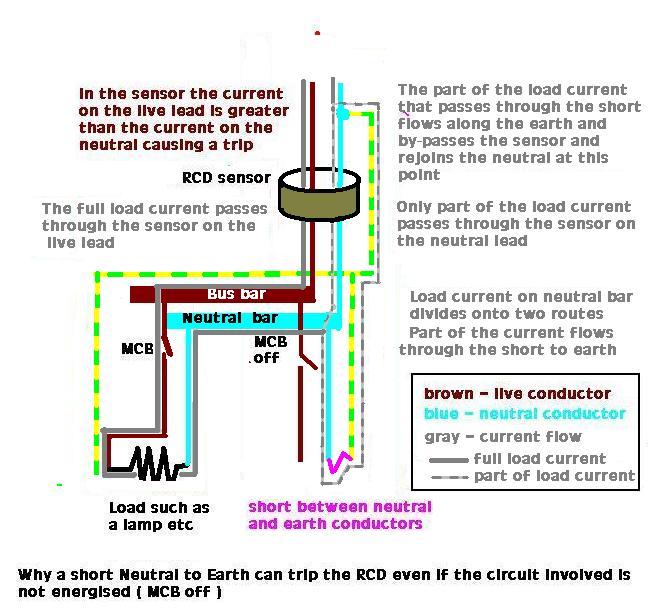Hi
We've recently fitted a "Y" branch joint to the SWA cable that feeds our garage to run some power to another out building, however we're now experiencing tripping of the RCCB on out circuit board which can only be cured by the garage MCB being turned off. Having had a search on here one suggestion is that it's possibly a neutral earth short probably caused by water ingress into the joint.
What I'd like to know is whether anyone got any experience of trying to remove the resin from a joint and how easy was it? and any particular tools that were required.
We're a bit stuck for cable run space so I'm hoping we'll be able to re do the joint rather than have to chop sections of the cable out
Many Thanks
We've recently fitted a "Y" branch joint to the SWA cable that feeds our garage to run some power to another out building, however we're now experiencing tripping of the RCCB on out circuit board which can only be cured by the garage MCB being turned off. Having had a search on here one suggestion is that it's possibly a neutral earth short probably caused by water ingress into the joint.
What I'd like to know is whether anyone got any experience of trying to remove the resin from a joint and how easy was it? and any particular tools that were required.
We're a bit stuck for cable run space so I'm hoping we'll be able to re do the joint rather than have to chop sections of the cable out
Many Thanks


